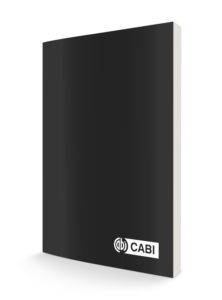Forecasting the global extent of invasion of the cereal pest Spodoptera frugiperda, the fall armyworm
Published: November, 2018
Journal article
Fall armyworm, Spodoptera frugiperda, is a crop pest native to the Americas, which has invaded and spread throughout sub-Saharan Africa within two years. Recent estimates of 20–50% maize yield loss in Africa suggest severe impact on livelihoods. Fall armyworm is still infilling its potential range in Africa and could spread to other continents. In order to understand fall armyworm’s year-round, global, potential distribution, we used evidence of the effects of temperature and precipitation on fall armyworm life-history, combined with data on native and African distributions to construct Species Distribution Models (SDMs). We also investigated the strength of trade and transportation pathways that could carry fall armyworm beyond Africa. Up till now, fall armyworm has only invaded areas that have a climate similar to the native distribution, validating the use of climatic SDMs. The strongest climatic limits on fall armyworm’s year-round distribution are the coldest annual temperature and the amount of rain in the wet season. Much of sub-Saharan Africa can host year-round fall armyworm populations, but the likelihoods of colonising North Africa and seasonal migrations into Europe are hard to predict. South and Southeast Asia and Australia have climate conditions that would permit fall armyworm to invade. Current trade and transportation routes reveal Australia, China, India, Indonesia, Malaysia, Philippines and Thailand face high threat of fall armyworm invasions originating from Africa.

Forecasting the global extent of invasion of the cereal pest Spodoptera frugiperda, the fall armyworm
DOI https://doi.org/10.3897/neobiota.40.28165
Type Journal article
Published in Neobiota, 40, 25-50
Language English
Year 2018
Related projects
Action on Invasives
The global cost of invasive species is estimated at US$1.4 trillion per year – close to 5% of global gross domestic product. Invasives disproportionately affect vulnerable communities in poor rural areas, especially in developing countries which depend on natural resources, healthy ecosystems, trade and tourism for their livelihoods.
Start: 02/01/18 -End: 31/03/21
